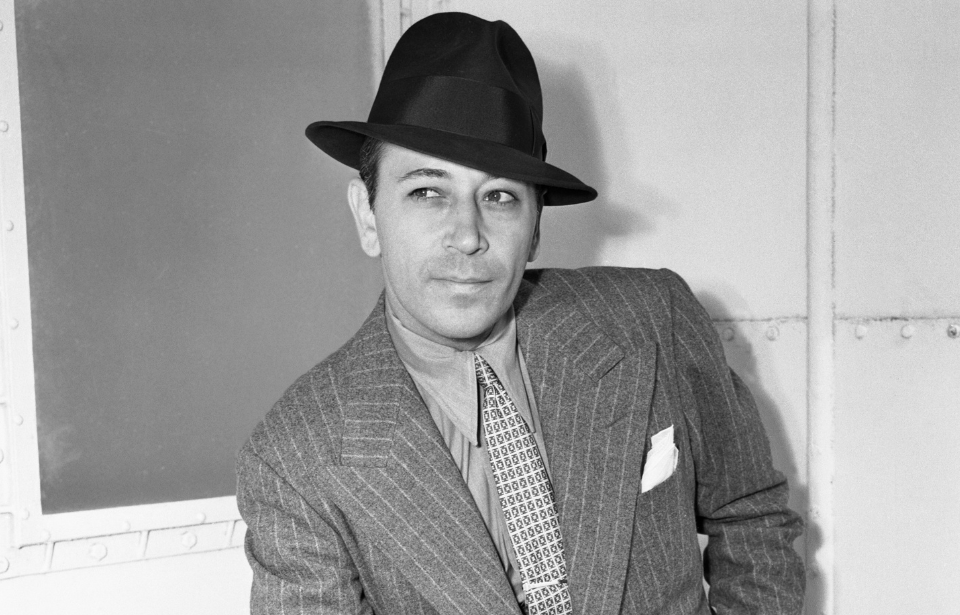George Raft’s life reads like a Hollywood script filled with glamour, danger, and remarkable talent. This story of a dancer who became one of Hollywood’s most iconic gangster stars is as fascinating as any film he starred in. From his humble beginnings in New York’s Hell’s Kitchen to his peak as a leading man in Hollywood, George Raft’s legacy is a captivating chapter in the history of cinema.
George Raft had a difficult childhood
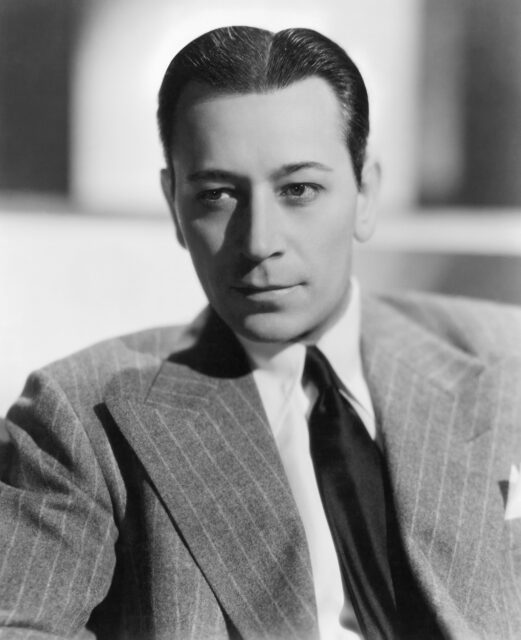
Born George Ranft on September 26, 1895, in New York City, Raft was the son of a delivery driver of German descent. His early years were marked by struggle, and he often had to find unconventional ways to make ends meet. As a result, he learned early on how to survive in a harsh environment. The young George hustled as an errand boy and fish wrapper after school, and by the age of 12, he had left school to work as an apprentice electrician, later switching to professional boxing under the ring name “Dutch Rauft.”
Despite trying his hand at various jobs, including a brief stint in minor league baseball, Raft struggled to find his true calling. It wasn’t until he discovered his passion for dancing that his fortunes began to change. He once said, “I was just trying to find something that I liked that would make me a living,” said Raft later. “I saw guys fighting, so I fought. I saw guys playing ball, so I played ball. Then I saw guys dancing… and getting paid for it!” Raft’s skills on the dance floor would set the stage for his future success in show business.
Dancing his way to stardom
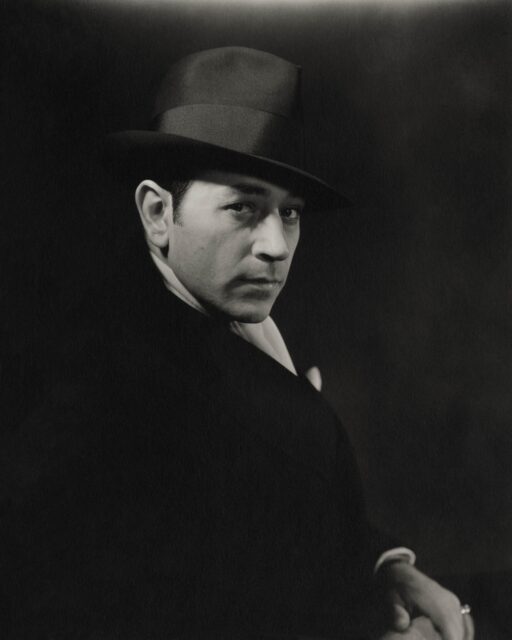
George Raft’s natural talent for dancing, taught by his mother, quickly made him a well-known figure in New York’s dance halls. His specialty in the Charleston and Tango won him numerous competitions, leading to a full-time career as a dancer. Raft’s performances captivated audiences in New York clubs and restaurants, eventually taking him on tours across Europe to cities like London, Rome, and Paris.
Upon returning to America, Raft joined vaudeville star Texas Guinan’s 300 Club, a speakeasy that thrived during Prohibition. His work at the club not only involved dancing but also producing shows, further honing his entertainment skills. Broadway soon beckoned, and Raft’s stage successes in productions like “The City Chap” and “Padlocks of 1927” cemented his reputation as a talented performer.
Breaking into the Hollywood scene
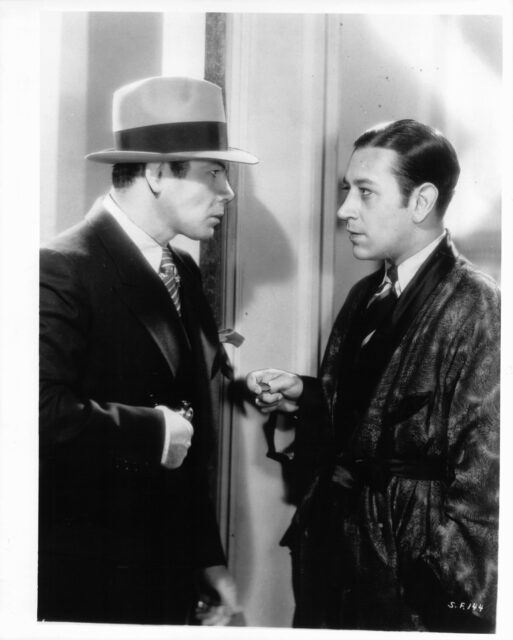
George Raft’s transition from dancer to actor began when he was discovered by a director who offered him a role in a movie while sitting in the Brown Derby on Vine Street in Los Angeles. He began with small roles in films like Queen of the Nightclubs (1929) and Gold Diggers of Broadway (1929). However, his breakthrough came in 1932 when he played a memorable gangster role in Scarface, which featured his iconic coin-flipping scenes. The film’s success led to a contract with Paramount, where Raft suggested Mae West for a role in Night After Night (1932), marking the start of West’s film career.
Throughout the 1930s, Raft became one of Hollywood’s top gangster actors, starring in films like Bolero (1934) and Souls at Sea (1937). His star power was so significant that he tested for the role of Rhett Butler in Gone with the Wind. Despite his rising fame, Raft’s refusal to take on certain roles and frequent suspensions from studios hinted at a challenging relationship with Hollywood’s power structures.
George Raft at the height of his career
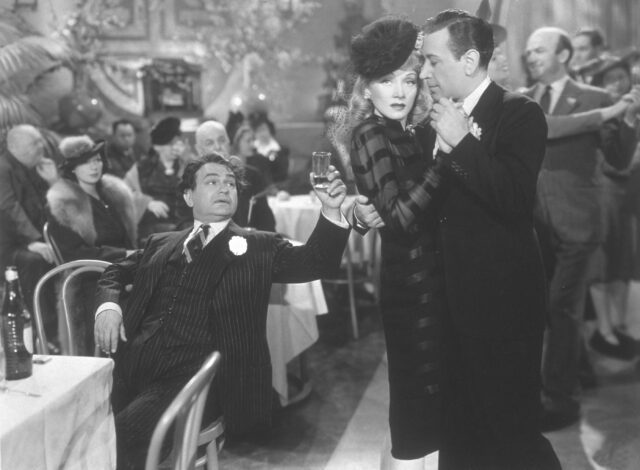
Warner Bros. revived George Raft’s career in the late 1930s, casting him alongside James Cagney in Each Dawn I Die (1939). The film’s success led to a lucrative contract, and Raft continued to star in hits like They Drive by Night (1940) and Manpower (1941). Despite on-set tensions, particularly with co-star Edward G. Robinson, who recalled Raft as “touchy, difficult and thoroughly impossible to play with,” Raft’s performances continued to draw audiences.
However, Raft’s career began to wane in the 1940s due to his habit of turning down roles that later became iconic for other actors. He often found himself making choices that, in hindsight, might have altered the course of his career. His refusal of parts in High Sierra (1941) and The Maltese Falcon (1941), in turn, helped transform Humphrey Bogart into a major star, serving as significant successes in his career. Additionally, Raft’s departure from Warner Bros. in 1943 marked the beginning of his gradual decline in Hollywood.
He had a unique love life
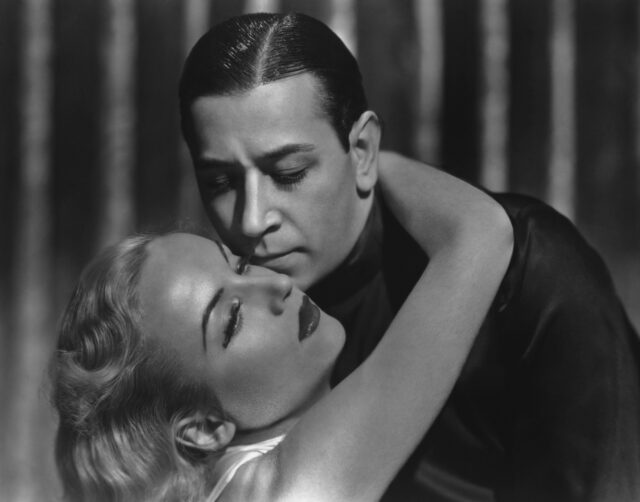
In 1923, George Raft married Grace Mulrooney, whom he had met when he was a dancer. Mulrooney was a devout Roman Catholic, so despite their separation not long after their marriage, the two never actually got divorced. They remained married, with Raft continuing to support her, up until her death in 1970.
However, his marriage never stopped him from pursuing romantic relationships with other women, particularly Hollywood A-listers. Some of Raft’s romantic affairs included Hilda Ferguson, Marlene Dietrich, Tallulah Bankhead, Betty Grable, Carole Lombard, and Mae West. Ultimately, Raft never remarried.
He had close ties with the underworld
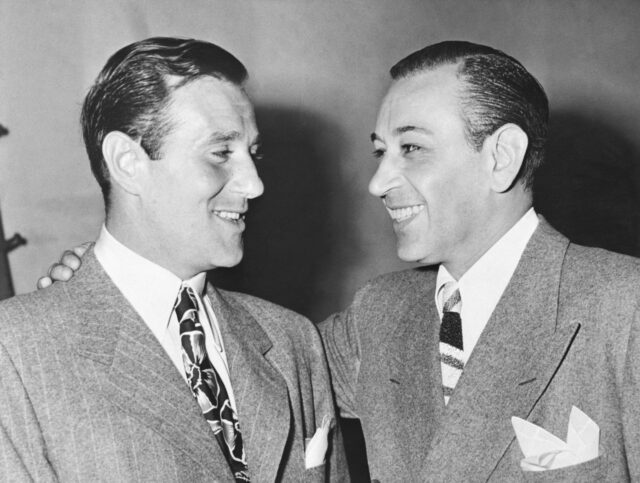
George Raft was known to have dealings with the underworld of America. He established connections with the city’s top gang leaders thanks to his rough on the New York streets. These early connections followed him for the rest of his life, which arguably had both its pros and cons.
Raft was questioned by the FBI on two separate occasions thanks to his brushes with America’s underworld. The first was in 1938, when they questioned his knowledge of Louis Buchalter and Jacob Shapiro, and the second was later in 1953. Additionally, in 1944, he provided evidence when his friend, Bugsy Siegel, was on trial for bookmaking.
His later years and legacy
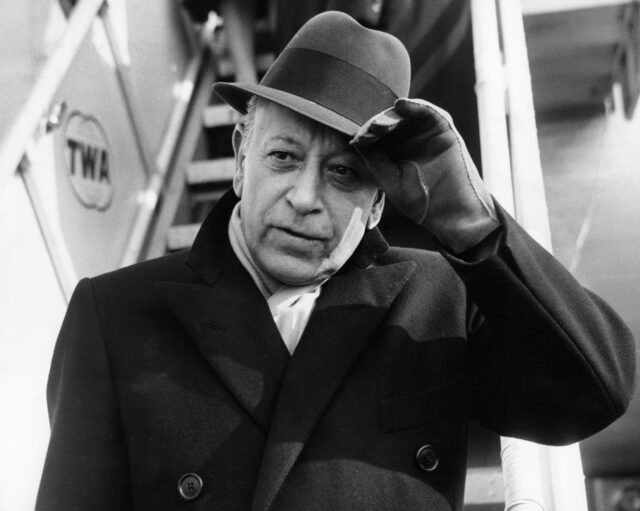
In the 1950s, George Raft’s career took a new direction as he worked as a greeter at a Havana casino and ventured into television with the series I’m the Law. He continued to appear in films, often in supporting roles, with notable performances in Around the World in 80 Days (1956) and Some Like It Hot (1959), where he humorously referenced his Scarface days.
Raft’s later years saw a decline in the quality of his film roles, and his association with underworld figures cast a shadow over his career. Despite these challenges, Raft remained a beloved figure in Hollywood, remembered for his contributions to the gangster genre and his unique blend of charm and toughness.
More from us: Sir Roger Moore’s Gravesite Vandalized in Monaco
George Raft died on November 24, 1980, in Los Angeles, California, at the age of 85 from emphysema. His journey from the streets of Hell’s Kitchen to the heights of Hollywood stardom is a testament to his resilience and talent. His legacy as a dancer-turned-gangster star and his impact on Hollywood’s Golden Age remain undeniable.
Join The Vintage Newsletter community today and unlock a treasure trove of weekly curated content, exploring nostalgia, history, and fascinating facts from the past.
